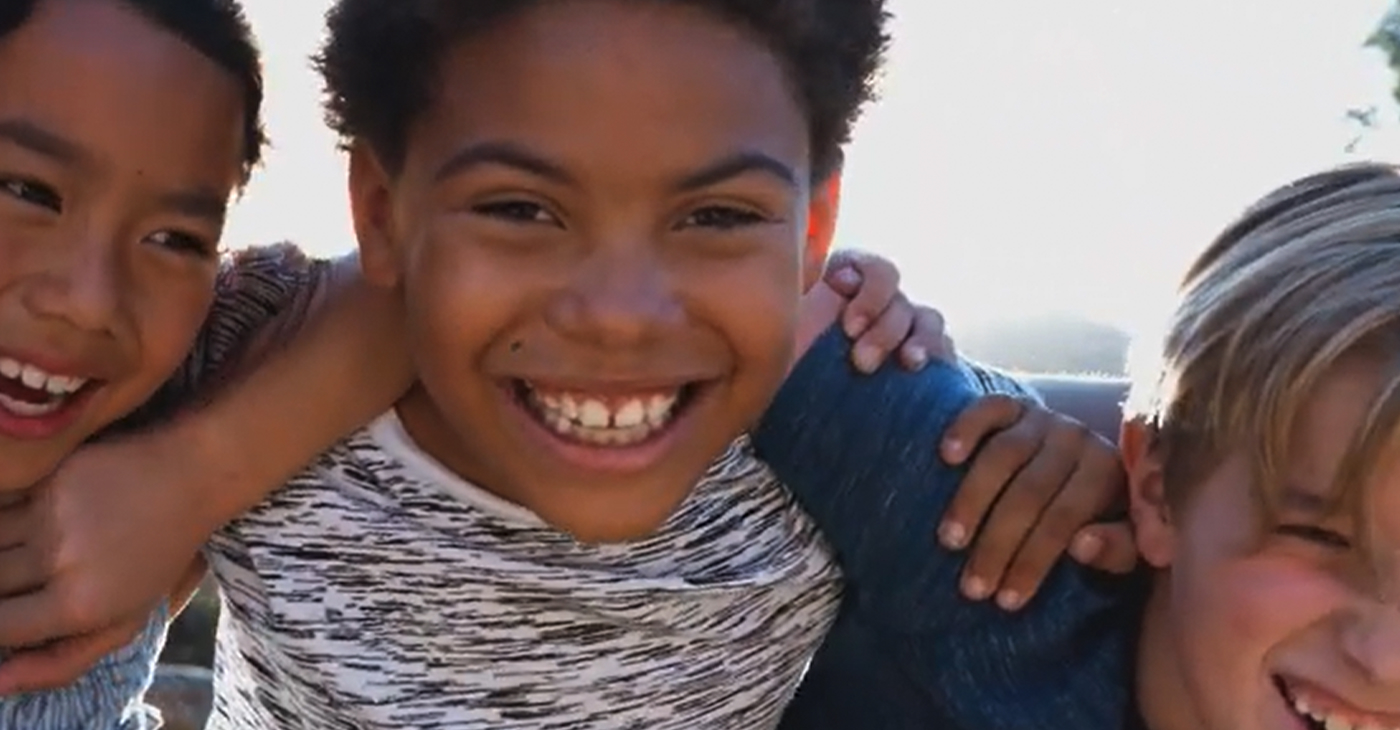Project Description:
This Little Light of Mine is named after the song. It is an inspirational song that many people know. I have conceived and plan to launch a Space Payload in January (2024). The Little Light Space Payload will be transported by a Space-X rocket up to The International Space Station (ISS). The Payload will broadcast a film of children’s choirs from around the world singing “This Little Light of Mine” back to Earth. It will circle the Globe 16 times a day for 30-45 days where during which the recording will be downloaded periodically throughout the mission and hosted on the This Little Light of Mine in Space website at http://ThisLittleLightofMineinSpace.com.
On the website, you can also track the film as it circles the Globe. You can also see the ISS space-to-earth version and the originally made version of the film. The project is financed by Carew with monies he earned as a Co-Creator of the long-running “Martin” television series. It is a way of giving something back to supporters and fans of the show.
Why are we doing this:
The Little Light of Mine lyrics are symbolic, positive, and memorable. They radiate a message of hope, healing, peace, love, joy, coming together for the common good, and being our sister’s and brother’s keepers. The Planet could use some good energy right now. It is the basis of this project.
How the project originated:
Dr. Topper Carew was invited to China pre-pandemic to design a prototype for a Mars Colony. As a result of Carew’s space interest, his dear friend Milton Kotler introduced him to Jeffrey Manber of Nanoracks, a global leader in providing access to space. Carew proposed the project to Manber who then introduced Carew to DreamUp. DreamUp is a space-based STEM education company. Nanoracks is its parent company. He proposed the This Little Light of Mine in Space project to them, and they responded positively. Thus, the project materialized.
The Science:
As a result of his media research, Dr. Carew with a team of Nanorack engineers developed a shoe box-sized Broadcast Studio that fits into the Payload container. The Payload container will ship to the ISS, attach, and plug-in, making it possible to broadcast the film as data back to Earth.
The Awareness campaign:
A Behind the Scenes Documentary of the entire process is made and will be available to Broadcasters on an open-source basis. It will be accompanied by a public awareness and social media campaign.
How to see the film being broadcast back to Earth:
The Payload will circle the Planet for approximately 1.5 months. There will be a “This Little Light of Mine in Space” website with a tracker to indicate when the Space Station is passing over your location. At night, it will appear as the 3rd brightest Star in the Sky. One will be able to access the film version sent up to the ISS as it broadcasts back to Earth to the website on any of your devices. In the window next to the ISS broadcast, you will be able to see and compare its image quality to the originally made film.
Importance of the project
To Children. Engraved on the Payload are the following…This is dedicated to the Children of the World…because you matter.
To All Young People. By introducing and exciting America’s youth to Space technology, more young people will explore it as a career possibility.
To the Historically Black Colleges and Universities. HBCU’s and HBCU students will be encouraged to pursue careers in the Space field.
To America. As more of America’s young people and HBCU students join the space workforce, America can more competitive and continue to lead the international Space quest.
To History. This project originated with, Topper Carew, an African American from Roxbury. It may be the first time an African American has independently originated, financed, and sent up a Payload to the International Space Station.
Project Originator/Creator:
Topper Carew, PhD
CONTACT:
818 613 9677
© Topper Carew
The post PRESS ROOM: This Little Light of Mine in Space: Topper Carew sends Payload up to the International Space Station: It was launched on January 30. first appeared on BlackPressUSA.

